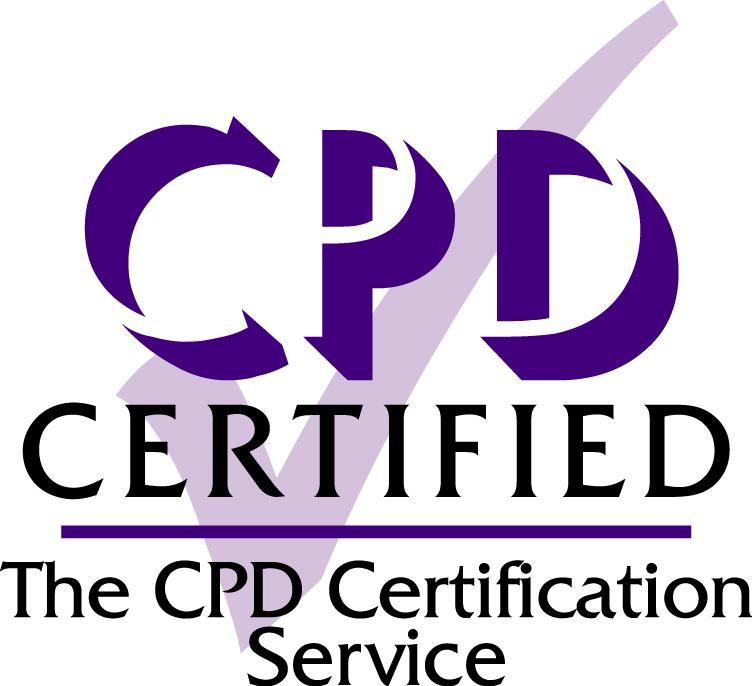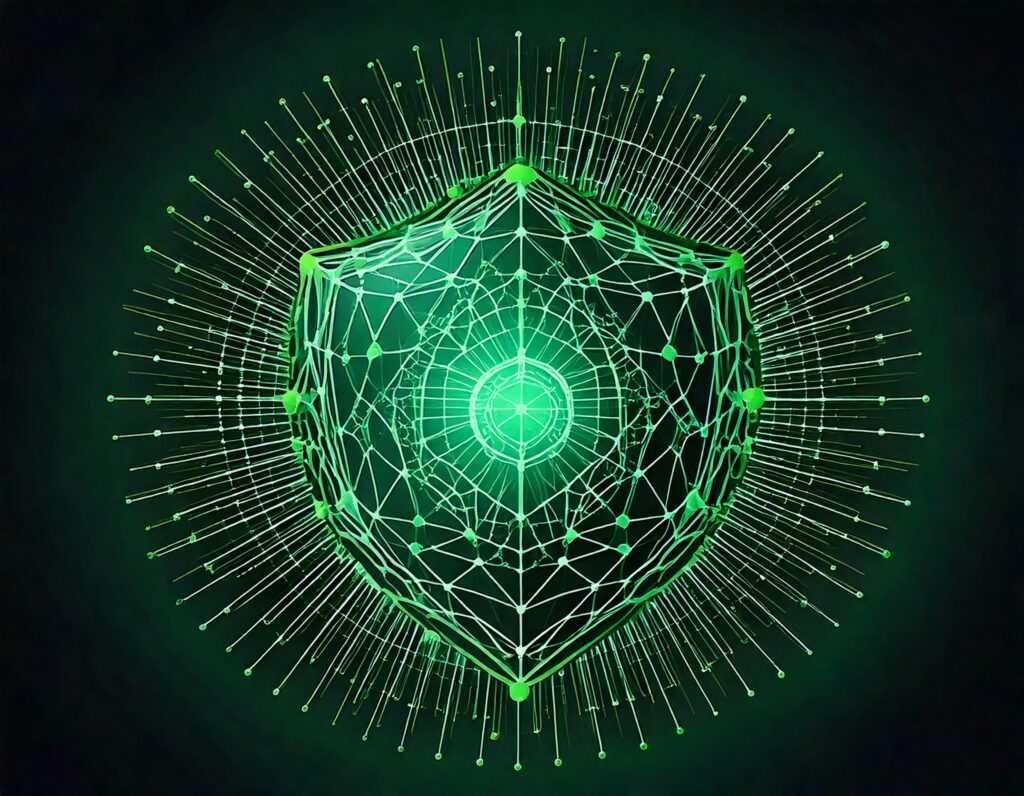


About the course
This training on Introduction to Quantum Machine Learning (QML) is designed to explore the intersection of quantum computing and machine learning, highlighting the unique advantages and potential applications of merging these two cutting-edge fields.
Instructor
 | Mariano Caruso Quantum Research & Development |
Learning objectives
Starting with the context and motivation behind Quantum Machine Learning, the course outlines its potential advantages and applications, aiming to mold learners into skilled Quantum Engineers. Through a structured curriculum, students will delve into:
- Optimisation problems using Quantum Annealing,
- Parameterised Quantum Circuits (PQC), and Quantum Approximate Optimisation Algorithm (QAOA), along with
- Advanced modeling and applications in quantum classifiers, regression, and unsupervised learning methods like clustering.
Each module includes hands-on exercises to reinforce learning, progressing towards understanding advanced algorithms, the current quantum computing landscape, and ongoing challenges in the field. This course is designed to equip learners with the knowledge and skills to apply quantum computing concepts in machine learning to solve real-world problems.
What skills you will learn
- Technical Skills: Participants will gain hands-on experience with formulating Quantum Unconstrained Binary Optimisation (QUBO) and the Quantum Approximate Optimisation Algorithm (QAOA), including the use of D-Wave systems for solving optimisation problems. They will also learn to implement quantum machine learning models such as Parameterised Quantum Circuits (PQC) and Quantum Support Vector Machines, understanding the nuances of quantum algorithms and their industrial applications in machine learning tasks like classification, regression, and clustering.
- Business Skills: The course will elucidate the potential advantages and real-world applications of quantum machine learning, preparing learners to identify and leverage quantum computing solutions for complex business challenges. Additionally, through understanding the strategic importance of quantum-enhanced algorithms and their ability to outperform classical counterparts in specific tasks, students will be equipped to make informed decisions regarding investment in quantum technologies and innovation in their respective fields.
Training Structure
(To be tailored according to needs)
- Introduction
- QML for Business
- Basic concepts of quantum computing
- Definition and examples
- Adding constraints
- Classical and quantum annealing
- Advanced problems and applications
- Coding exercise 1
- QUBO to Ising
- Expectation values
- Variational Quantum Eigensolver (VQE)
- Coding exercise 2
- Intuitive idea & formulation
- Exponential Hamiltonian and mixing operator
- Implementation
- Coding exercise 3
- Classical machine learning
- Quantum models for supervised learning
- Quantum training
- State of the art and applications
- Coding exercise 4
- Classical support vector machine
- Kernel function
- Quantum computers in SVM
- Coding exercise 5
- Definition and K-means algorithm
- Concept of distance between quantum states
- Quantum computers and K-means
- Advantages, disadvantages and applications
- Coding notebook 6
- Advanced algorithms
- Available computers
- Current challenges
- Real applications
Prerequisites
All potential learners must have expertise in python and prior knowledge or familiarity with basic quantum algorithms/basic quantum programming.
Duration
The estimated duration to complete this course is approximately 15 hours.
Who Should Enrol
This course is ideal for Software developers, Data Scientists, Researchers, Students
Why Enrol
Enrol in the course to gain a crucial understanding of how the power of quantum computing can revolutionise machine learning algorithms, unlocking the potential for breakthroughs in data analysis, pattern recognition, and artificial intelligence that are beyond the capabilities of classical methods. This course will equip you with the knowledge to navigate this rapidly evolving field and identify opportunities for innovation and career growth at the intersection of two transformative technologies.
This content is also available as an online course.

Quantum Machine Learning
Free!





